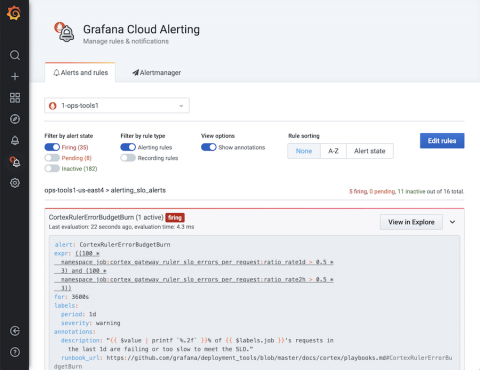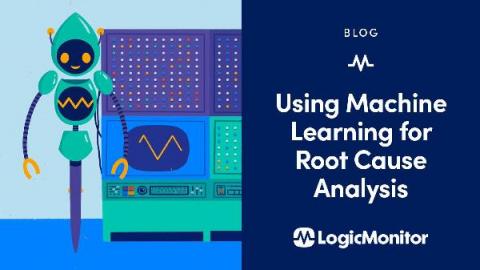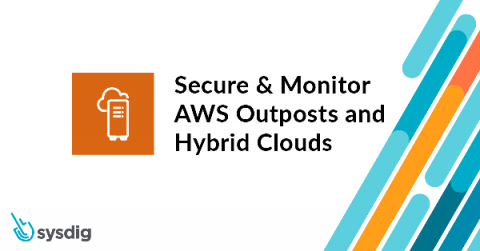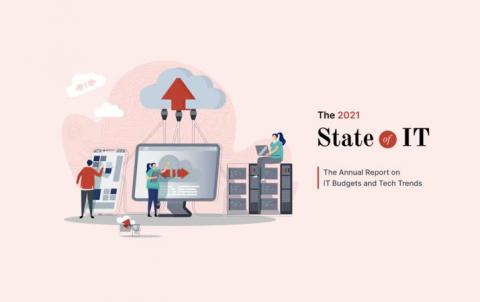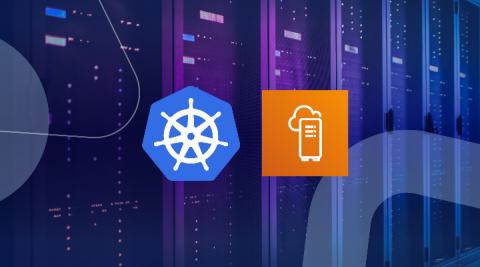Introducing Prometheus-style alerting for Grafana Cloud
Hi! My name’s Richard Lam, and I’m the new product manager for Grafana Cloud. I’m really excited for my first contribution to this community, both so I can introduce myself to you all, and so I can highlight an awesome new Grafana Cloud feature that’s coming your way! Happy reading, and hopefully this is just the start of many more communications from me.


